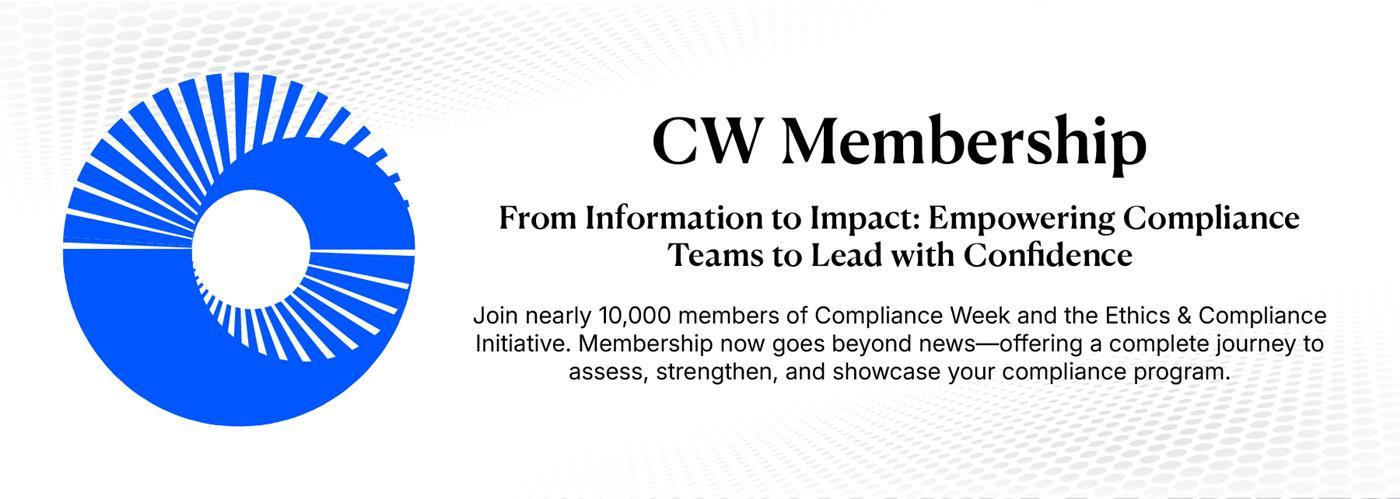Learning from Wells Fargo: How Best Buy launched its enterprise risk and compliance function

When news of Wells Fargo’s infamous fake accounts scandal broke in 2016, the bottom-up crisis caught the attention of Todd Hartman.
Hartman, then serving as deputy general counsel and chief compliance officer (CCO) for consumer electronics retailer Best Buy, wondered along with his team, “‘Could that happen here?’”
The Wells Fargo scandal saw employees open more than two million fraudulent deposit and credit card accounts on behalf of consumers. In the aftermath, the bank has paid billions in fines and restitution; parted with thousands of employees, including multiple chief executive officers; and is still seeking to restore its reputation.
Reacting to the news, Hartman in 2016-17 spearheaded an organizational change at Best Buy uncommon for its industry: making its compliance capability independent from its legal department and instituting an enterprise risk and compliance function. He sought to understand, “‘Do we have the structures that would always enable those communications to happen in the most complete and appropriate way?’”
THIS IS MEMBERS-ONLY CONTENT
You are not logged in and do not have access to members-only content.
If you are already a registered user or a member, SIGN IN now.













